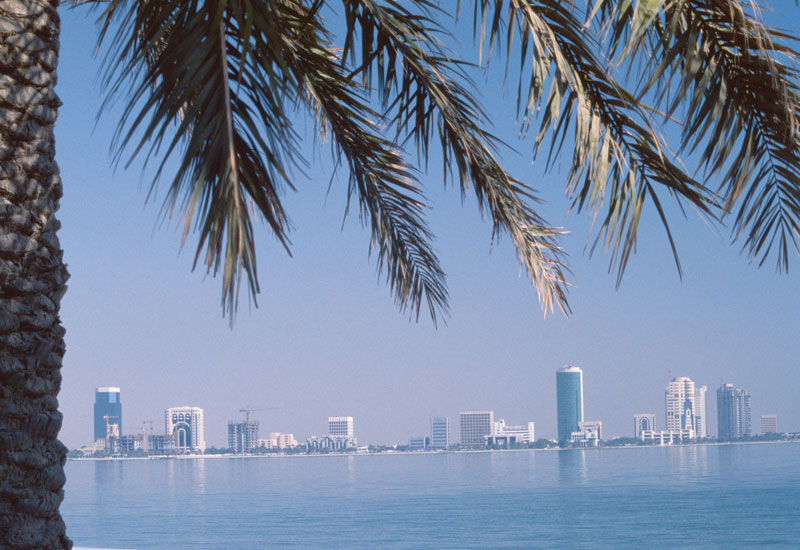In recent years, the Qatari F&B scene has become a hotbed of activity with vibrant F&B hubs springing up, international brands clambering to enter the market and hospitality investors redirecting funds to capitalise on Qatar’s growth.
Figures from Euromonitor International point to a 25% increase in the amount of money spent on dining out in Qatar between 2005 and 2009 — most of which was spent in cafés, full-service restaurants and fast-food outlets.
Growth in the Horeca sector has followed strong economic growth — forecast to grow by 19.97% in 2011 — and the contribution made by Qatar’s trade, hotel and restaurant industries last year has more than doubled in a four-year period, according to figures from Qatar Central Bank.

| Advertisement |
“Qatar is trying to emerge on the regional map as an important player in a number of key areas including economy, travel and sports,” explains Ròya International hospitality consultant, Turab Saleem.
“The same can be said for the F&B industry. It is still very much in the developing phase, but it is establishing a solid base upon which a bright future can be built.”
There is a sense across the industry that growth in Qatar’s F&B market has been slow but sure, with some projects taking longer than anticipated.
However, the announcement that Qatar will host the 2022 World Cup has acted as a catalyst and injected a sense of urgency into the market for brands to be fully established and ready to capture market share.
“The lure of Qatar’s planned building and development of 130 new hotels is mainly behind the decision of many international brands to enter the market and cash in during the lead up to 2022,” says W Hotel and Residences, Doha assistant director of F&B, Stephen Gee.
“As such, the received wisdom is that most will be completed well within eight years — and many will open in the next couple of years to bed down. As we see Qatar’s infrastructure grow to meet the demands of the World Cup event, so too will the number of customers wanting to dine in the five-star sector.” Bring on the brands!
Qatar’s investment potential is attracting scores of international F&B brands like Megu, Tse Yang, Pampano, Mango Tree and Burj Al Hamam. The hospitality investors behind many of these operations are aware of Qatar’s future potential and are aiming to establish their brands in the market and expand quickly to achieve a competitive advantage over those slower to react.
It was this “early bird” approach that informed Foodmark’s own introduction of the Carluccio’s brand.
“Qatar’s real estate is growing and the current construction phase provides a good opportunity to negotiate great deals and get the best locations.” says Foodmark country operations manager for Qatar, Sumeet Jhingan. “Companies that have wanted to expand regionally in the GCC have definitely put Qatar on their expansion plans.
“A year ago, I was tasked with expanding Foodmark’s portfolio into Qatar — a most challenging location! With the diverse mix of expatriates in Qatar there is a demand for mid to high-range food and beverage concepts, so we introduced Carluccio’s and Mango Tree — both at the Pearl.
“Although the market research suggested otherwise, the risk has paid off and we have experienced great success. We now plan to open three more concepts in Qatar by the end of this year,” Jhingan adds.









 Search our database of more than 2,700 industry companies
Search our database of more than 2,700 industry companies









